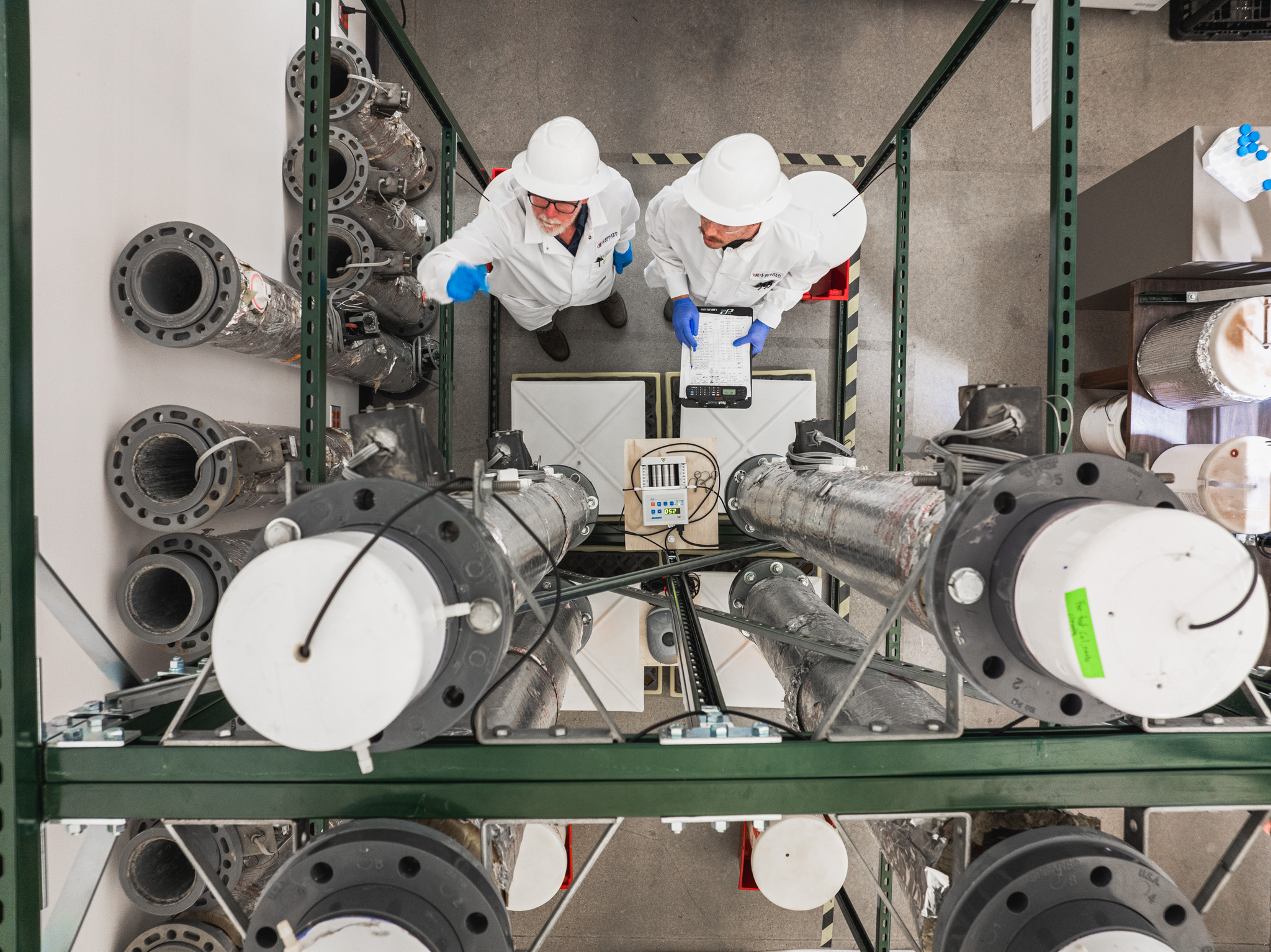Climate Insider Brief:
- The Biden administration and NOAA released the National Marine Carbon Dioxide Removal Research Strategy, aiming to safely advance marine CO₂ removal technologies that harness the ocean’s carbon-absorbing abilities.
- The strategy explores biological and non-biological mCDR methods, including ocean fertilization, alkalinity enhancement, and coastal blue carbon, and calls for interdisciplinary research to measure ecological impacts and effectiveness.
- This initiative will expand research roles across government levels and sectors, involving federal, tribal, and local entities, alongside private and academic organizations, to address climate change and bolster ecosystem resilience.
The Biden-Harris administration and the National Oceanic and Atmospheric Administration (NOAA) have launched a strategic initiative to accelerate the research and development of marine carbon dioxide removal (mCDR) technologies. The new plan, titled the National Marine Carbon Dioxide Removal Research Strategy, aims to advance safe and effective mCDR practices, scrutinizing the potential environmental impacts, risks, and benefits of this emerging decarbonization approach.
Marine carbon dioxide removal leverages the ocean’s natural carbon-absorbing capabilities to remove CO₂ emissions from the atmosphere through various technological approaches. While promising for climate restoration, mCDR is still in its early stages and requires further investigation to ensure its viability and environmental safety. The strategy put forth by NOAA and the Biden administration is set to offer a foundational framework for cautious, science-based exploration of these technologies.
Covering both biological and non-biological mCDR methods, the strategy outlines approaches such as macroalgal cultivation, ocean alkalinity enhancement, direct ocean removal, biological carbon pump enhancement (including ocean fertilization and artificial upwelling/downwelling), and coastal blue carbon. A central element of the plan is its call for the federal government to foster interdisciplinary research, assessing mCDR’s effectiveness and ecological impacts and developing metrics to monitor these processes.

“This strategy reflects the importance of collaborative efforts across multiple sectors, including government, industry, and academia, to unlock the potential of mCDR and supplement critical efforts to reduce emissions,” stated Rick Spinrad, Ph.D., NOAA Administrator. Steven Thur, NOAA’s Research Assistant Administrator and acting Chief Scientist, added that the work could help mitigate climate change and enhance ecosystem resilience.
The NOAA-led initiative is expected to broaden research opportunities across public and private sectors, bringing together federal, tribal, state, territorial, and local entities in a unified effort.
Source: Carbonherald
Featured Image: Credit: PMEL/NOAA








